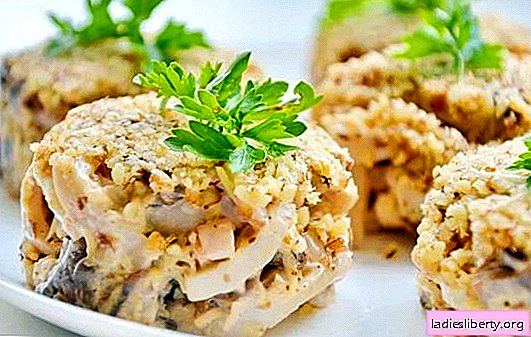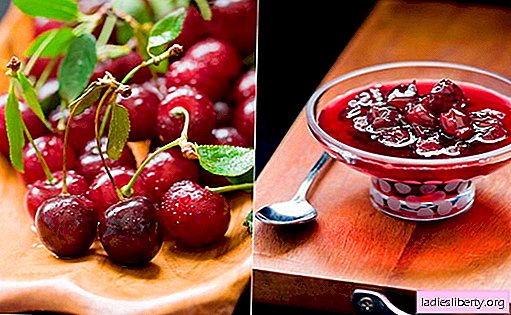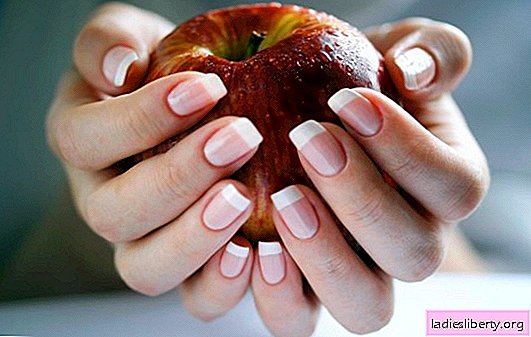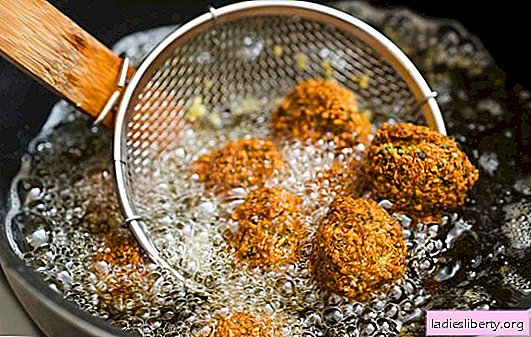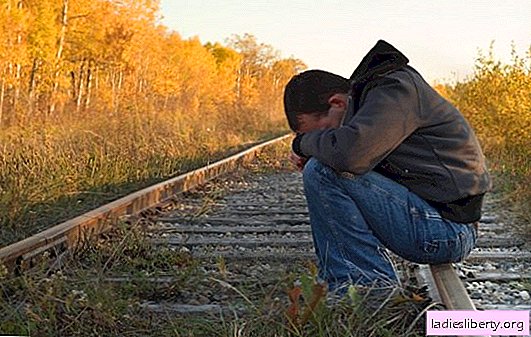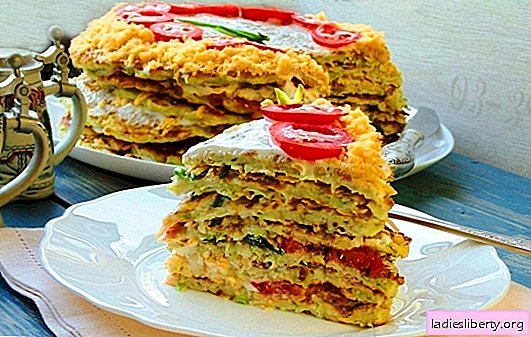
Kind Hyacinth (Hyacinthus) belongs to the family of liliaceae and includes about thirty species of plants that grow mainly in the Mediterranean and South Asia. The most famous of them is the Eastern Hyacinth (Hyacinthus orientalis), whose place of growth is Greece, Southern Turkey, Syria and Lebanon. In southern Russia, you can often find blue hyacinths (Hyacinthus leucophaeus), which have blue or white flowers.
Hyacinths were grown back in Roman times. In Europe, this plant appeared at the beginning of the XVI century and immediately won the love of a privileged audience thanks to its blue colors and exquisite aroma. Since the 17th century, hyacinth began to be bred on an industrial scale, and by the 18th century there were about 2 thousand plant varieties. Even then, hyacinths had a wide variety of flowers: large fragrant, double and simple, etc. Today, the main suppliers of hyacinth bulbs in Europe are the Netherlands and the UK.
In early spring, these plants bloom their bright and very fragrant flowers, which can be white, pink, purple, burgundy and even black. Hyacinth is a universal flower suitable for growing both on the home windowsill and in the garden.
Hyacinth - growing and care
Hyacinths need to be planted in sunny or partial shade protected from the wind areas. The soil on them should be light, loose, with good indicators of water and air permeability and a high content of humus. The site should be flat and, ideally, have a slight slope, which would provide a drain of water when snow melts in the spring and during heavy rains in the summer. Overmoistening and even the smallest flooding of the site can cause the death of the bulbs, so the level of groundwater should be at least 50-60 cm. If they are closer, you should drain or deal with the construction of bulk ridges.
After the flowering period ends, the hyacinth flower stalk should be cut as high as possible and the leaves will naturally turn yellow and die out, in which case useful substances will fall back into the bulb of the plant. You can mulch the soil directly on top of the withered leaves with fresh compost, this will help protect the flower bulbs, and feed them, and improve the appearance of the flower garden.
Hyacinth - transplant and reproduction
In our conditions, hyacinths should be planted from late September to early October. If you do this earlier, then they can grow and die in winter frosts, if later - then they will not have time for thorough rooting before the soil freezes, which also threatens them with death. However, hyacinths are also planted in early November, having previously warmed the flowerbed with leaves and protecting it with a film from rain and snow. Bulbs are buried by 15-20 cm, so that the distance between the plants is at least 15 cm. To ensure better flowering and a larger size of inflorescences, a little fertilizer is added to each hole.
The place of planting of hyacinths should be changed annually, because pathogens and pests accumulate in the soil, to the effects of which the plant is very sensitive. Returning to the previous landing site should be done no earlier than after 3 years. Also, hyacinths should not be planted in areas where other bulb cultures and plants that have common diseases with them grow.
The site begins to be prepared for planting in about two months, so that natural shrinkage of the soil does not cause a cliff of roots developing in the fall. Since the depth of their penetration into the soil is up to half a meter, soil treatment should also be done deeply. Sand and peat should be added to the clay soil, if necessary, organic and mineral fertilizers should be added (as a rule, humus or rotted manure is introduced, per 1 sq. M from 10 to 15 kg). The introduction of fresh organics is not recommended so that the bulbs do not rot. It is also very useful to add wood ash and superphosphate to the soil.
Hyacinth is propagated by children - small bulbs. Each adult bulb of the plant annually forms 3-4 children. The bulb should be carefully separated from the mother bulb during the summer dormancy period and planted in the ground at the end of summer. After 2-3 years, such bulbs grow and the plant begins to bloom.
Hyacinth can also be propagated by seeds, but in amateur gardening this is almost not practiced, since the new plant will not have maternal properties and will begin to bloom only after 5-6 years.
Hyacinth - diseases and pests
Improper hyacinth care can cause some problems. So, with excessive watering, insufficient lighting or drafts, the leaves turn yellow. If water gets on buds during watering, they may not open. Lack of lighting during flowering can lead to lengthening and lethargy of leaves. If the plant does not provide a sufficient period of rest, then it may slow down growth.
There may be several reasons for the lack of colors. This is due to the planting of not large bulbs for forcing; keeping them at too high a temperature; hastily transferring bulbs to the bright sun. If during dormancy the flowers are kept at too high a temperature, which exceeds 4-5 ° C, then the flowers will be deformed.
Of the diseases, hyacinths are most often affected by yellow bacterial rot, which turns the bulbs into mucus, which has a sharp unpleasant odor. In this case, diseased plants and bulbs are subject to destruction, and the pit where they were located must be etched with 5% formalin or bleach. After this, plants can be planted in this place only after a few years.



